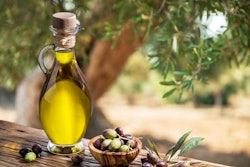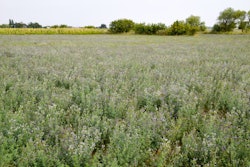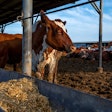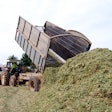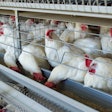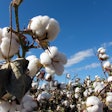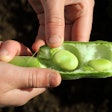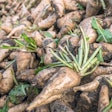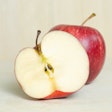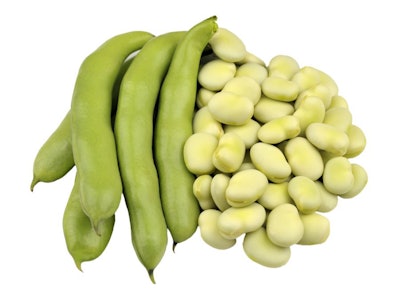
When looking for alternative protein sources, fava beans are an excellent ingredient when used in moderation and in conjunction with other protein sources.
Fava beans (Vicia faba L) are a legume plant but, unlike soybeans, which is also a legume, it is not rich in oil, with only 1-2% compared with about 20% in soybean seeds. In contrast, fava beans are rich in starch (more than 40%), and contain medium levels of fiber (about 9%). Their crude protein concentration is 25%, and the amino acid profile is comparable to that of soybeans (that is, they are rich in lysine and low in methionine). Thus, fava beans combine well with corn and other cereals low in lysine and rich in methionine.
Fava beans are cultivated mostly in areas with a cold climate and they are characterized as a rough and robust plant that can withstand adverse soil conditions. In fact, fava beans are cultivated throughout Europe as a human staple (often called broad beans), but nowadays their use as an animal feed has increased as the EU is looking into alternatives to soybeans. Under this scope, the use of fava beans in layer diets is worth considering as mature birds can defy higher levels of anti-nutritional factors from fava beans in their feeds.
The major anti-nutritional factors in fava beans are two compounds named vicine and convicine. These two glycosides when hydrolyzed produce compounds that reduce the antioxidant capacity of the organism and cause red blood cell disintegration. Varieties rich in such anti-nutritional factors cannot be used at high levels, but fortunately modern varieties contain substantially lower levels than original ones. Thus, feeding up to 15% fava beans in layers can be considered as maximum when favorable varieties are used. Otherwise, a 10% inclusion level should be considered more than enough and, even then, hens should be introduced gradually to fava beans. Other anti-nutritional factors in fava beans, such as tannins and trypsin-inhibitor activity, do not appear to be at high enough concentrations to cause problems when fava beans are used within the above levels.
As a clarification, it should be noted that fava beans should be removed from their fibrous pods before being ground and used as a layer feed ingredient. Otherwise, the fiber concentration of the whole pod and seeds mixture is too high; such product is suitable only for animals requiring high levels of fiber in their diets.
Favism, an often fatal genetic disorder in metabolism (due to the lack of a specific enzyme) can be triggered by consumption of fava beans. Although this problem affects certain human populations, this condition has not been reported in farm animals, although experimental animals (rats) have been produced that are sensitive to favism, in order to study the problem.
In general, fava beans, especially those coming from newer varieties, are an excellent source of protein and starch (energy), but alone they cannot replace all soybean meal in layer feeds. Thus, other protein sources should be considered in addition to fava beans. In this case, it is important to avoid burdening the animal with extra anti-nutritional factors and, thus, more benign protein sources should be used.


